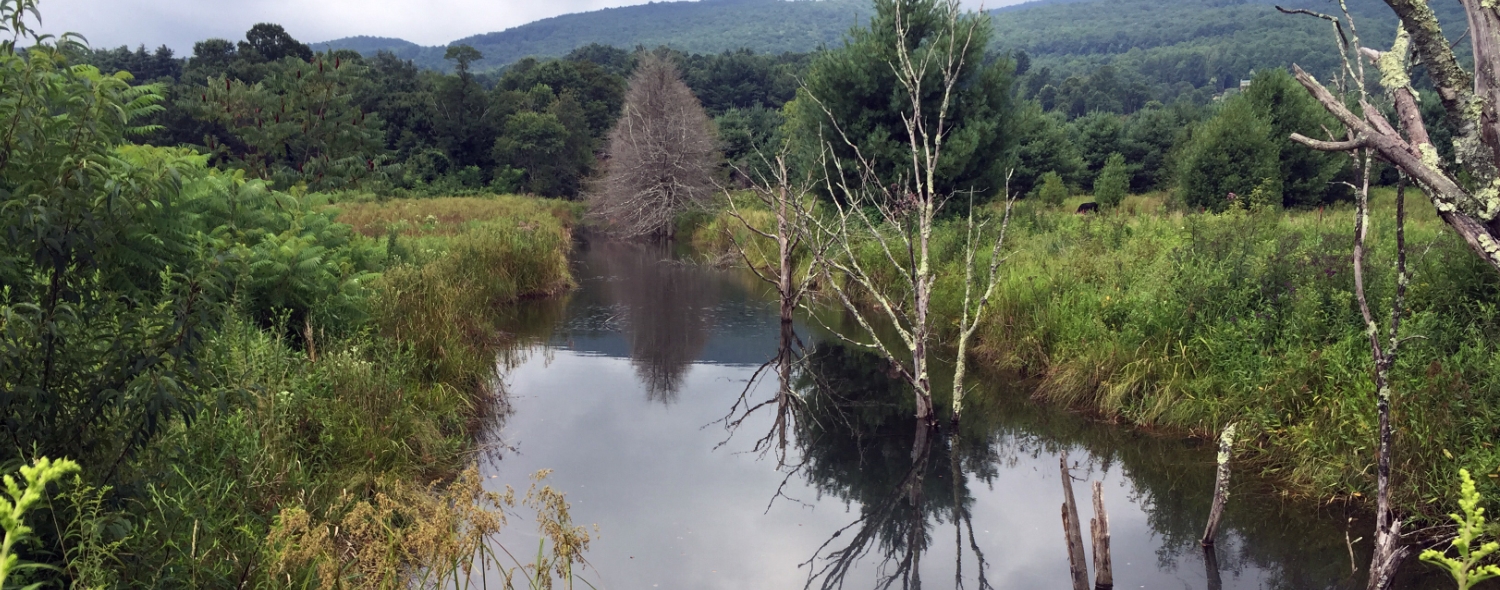Brushy Fork Stream Restoration Project: Summer 2020
Restoration has begun on Linville Creek in Vilas, North Carolina! Brushy Fork Environmental Consulting, Inc. recently broke ground on a restoration project that will stabilize over 3,000 linear feet of eroding streambank on a degraded reach of Linville Creek. This project is being completed by the Brushy Fork team with the help of Western North Carolina Stream and Water Quality Initiative as well as the Resource Institute out of Winston Salem.
This restoration project is intended to decrease sedimentation, improve water quality, expand aquatic animal habitat, and revegetate stream banks. These practices will provide long-term improvements to the Watauga River watershed. The Watauga River is designated Outstanding Resource Waters which supports an abundant array of biodiverse aquatic fauna and insects including trout, darters, and other fish, mussels, the Eastern Hellbender (a giant salamander and species of special concern) and many more, making it imperative to maintain and improve water quality within its watershed. Using natural channel stream design techniques such as j-hooks, which deflect waterflow away from the banks preventing erosion, toe-wood structures, and sloping streambanks, BFEC can help improve water quality downstream by preventing wasting away of the banks and improving sediment filtration. Toe-wood structures are trees that have been integrated into the streambank, which is congruent with the natural structure of a streambank and provides habitat and cover to fish and many other aquatic animals.
Stream restoration is an important practice which incorporates government funding initiatives with non-profits, engineering and consulting firms, and private landowners. All pieces must work together to ensure the success of a restored stream. This reach of Linville Creek is flows through a cattle farm, so agricultural best management practices (BMPs) such as livestock fencing and engineered stream crossings will be implemented in order to preserve the quality of the streambanks and ensure the success of native riverbank vegetation that is being planted within the riparian buffer.









